
Did Darwin Argue That Species Originated Recently?
In previous articles, we observed that Noah took just a few thousand animals on board the gigantic barge known as the Ark. The animals stepped off the Ark, migrated all around the globe, and gave rise to new species within the last few thousand years. Furthermore, genetics seems to indicate that speciation is ongoing.
These revolutionary conclusions are at odds with the typical evolutionary narrative. According to Darwin, species take millions of years to form, and the concept of rapid speciation contradicts the evolutionists’ established claims of the last 150 years.
Or have we missed something?
Darwin’s Opening Argument for Common Ancestry
Careful reexamination of the first two chapters of Darwin’s seminal work, On the Origin of Species, leads to a surprising conclusion.1 To see where Darwin’s logic leads, the historical context for his arguments is critical.
In Darwin’s day, his opponents were advocates of a concept termed species fixity. The proponents of species fixity believed that the Hebrew min were species, not biological families. Furthermore, they thought that these species were unchanging, fixed, and unable to form new species. In other words, the creationists of 1859 did not carefully exegete the Scriptures in the manner that we did in a previous post.
Darwin’s first argument against the view of species fixity was clever. He didn’t appeal to the fossil record or to millions of years of earth history. Darwin didn’t invoke embryonic recapitulation or the geographic distribution of species around the globe. Instead, Darwin used his opponents’ own logic against them.
Even though species fixity advocates rejected the formation of new species, they accepted the formation of new breeds within a species. For example, the horse species has a tremendous variety in breeds. These domesticated groups of individuals display a magnificent diversity in body size, muscle tone, coat length, coat color, and other features. Proponents of species fixity agreed that all of this variety arose from a common ancestor—the horse species.
Comparison of variety in horse-like species within the classification rank of family (e.g., the 7 living species in the family Equidae) to variety in horse breeds within the classification rank of species (e.g., 20 breeds within the horse species). More variety exists in the domesticated forms of a single species than in the wild forms of several species.
Variety in Equid Species
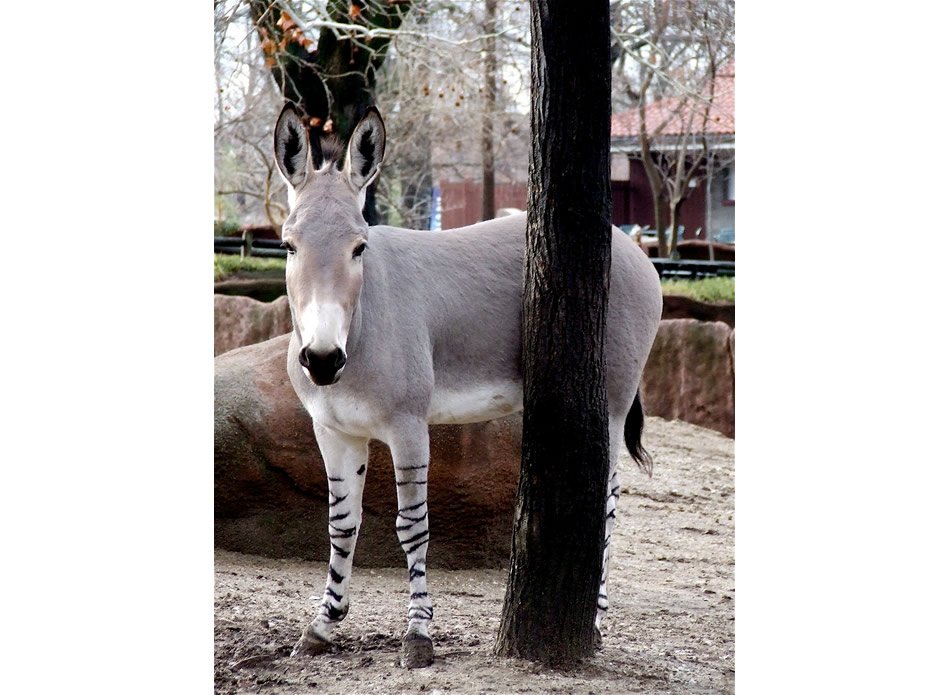
Equus africanus. Image by päts, via Wikimedia Commons.
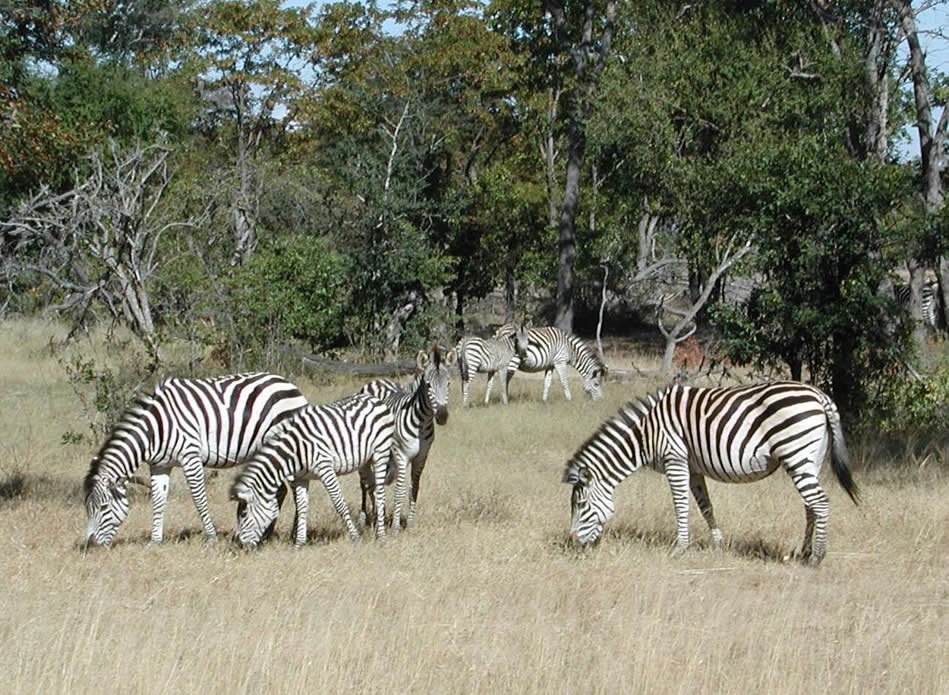
Equus zebra. Image from Wikimedia Commons.

Equus grevyi. Image by André Karwath, via Wikimedia Commons.
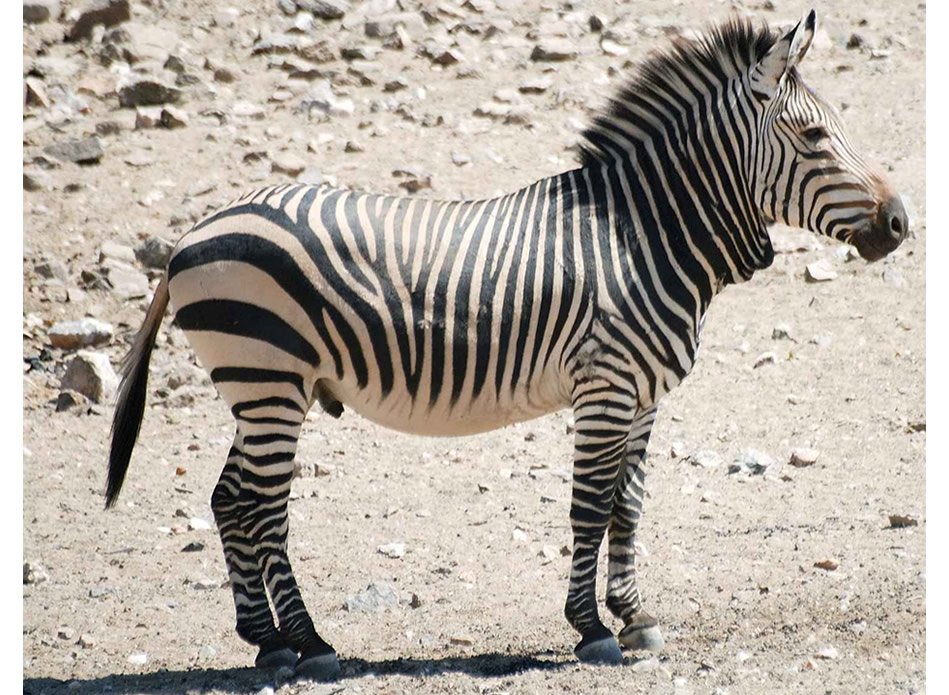
Equus zebra hartmannae. Image by Moongateclimber, via Wikimedia Commons.

Equus przewalskii. Image by Srr, via Wikimedia Commons.
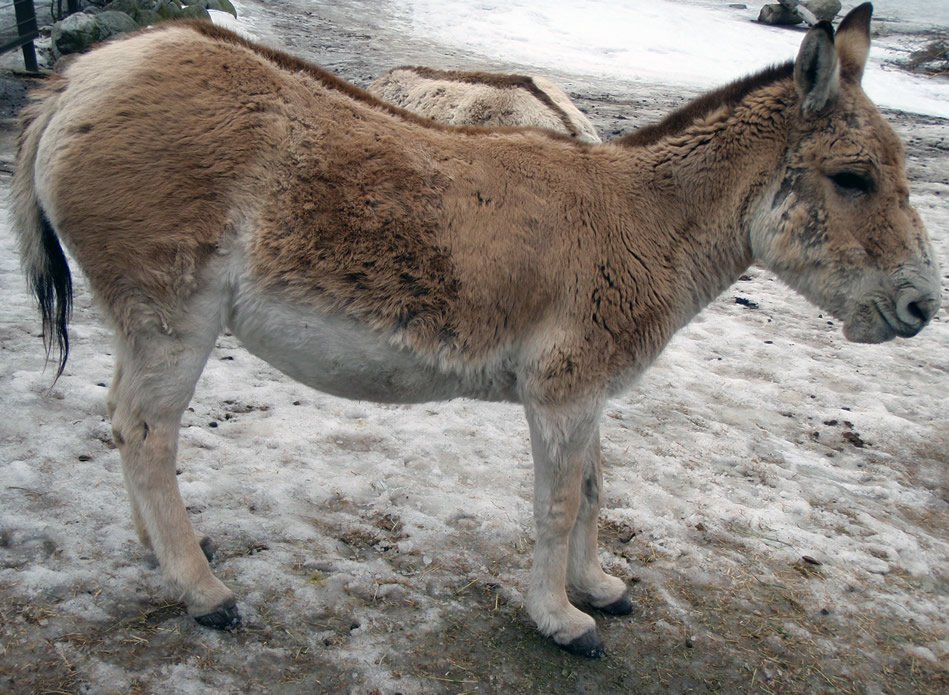
Equus hemionus kulan. Image by kallerna, via Wikimedia Commons.

Equus kiang holdereri. Image by Bodlina, via Wikimedia Commons.
Variety in Horse Breeds

Bardigiano. Image by Benutzerin:BS Thurner Hof, via Wikimedia Commons.
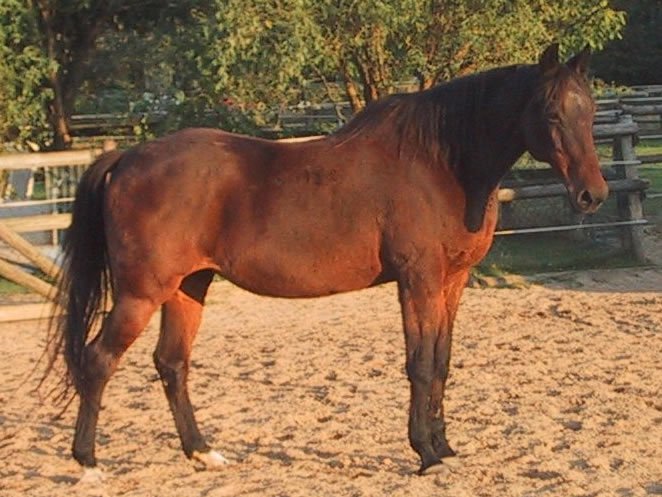
Anglo-Kabardiner. Image by Kersti Nebelsiek, via Wikimedia Commons.
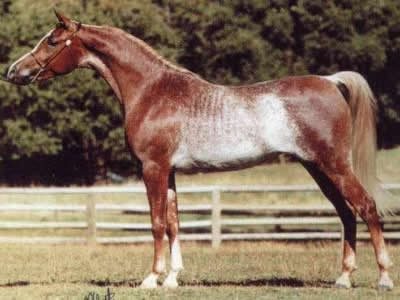
Dancing Colors. Image by Coreada, via Wikimedia Commons.

Ardennes horse. Image by Vassil, via Wikimedia Commons.
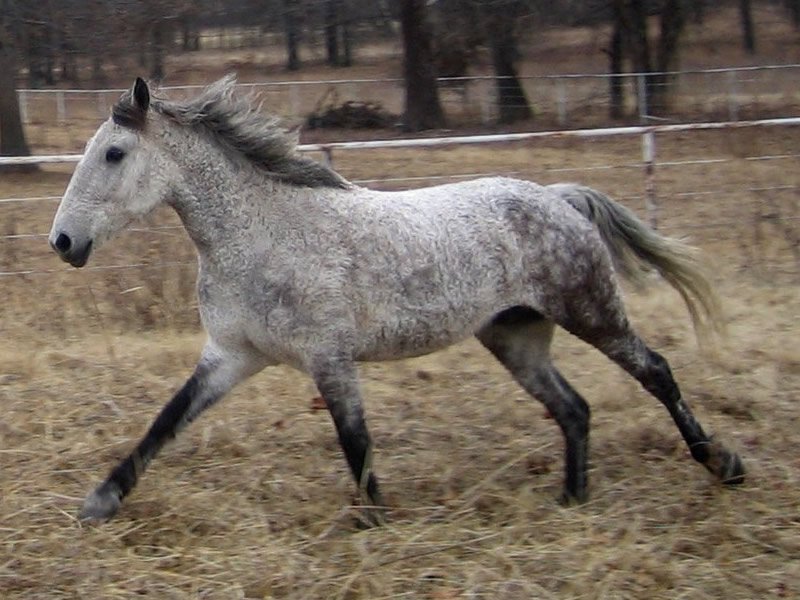
Bashkir Curly horse. Image by Lindsay Braman, via Wikimedia Commons.
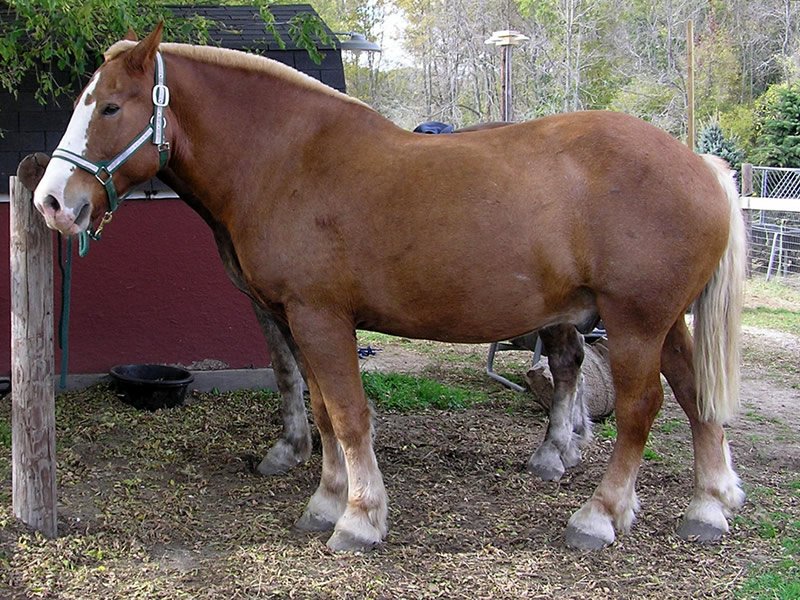
Belgian draft horses. Image by Anne Norman, via Wikimedia Commons.
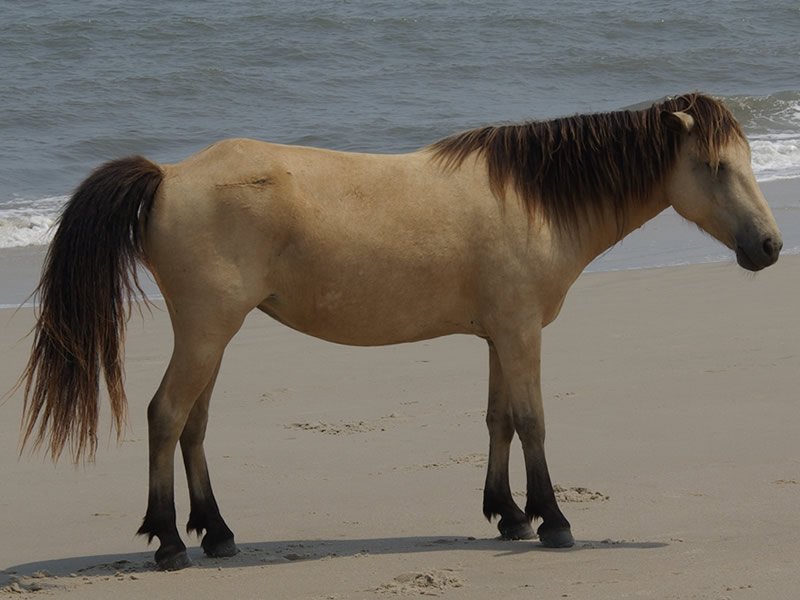
Assateague pony. Image by bjornmeansbear, via Wikimedia Commons.
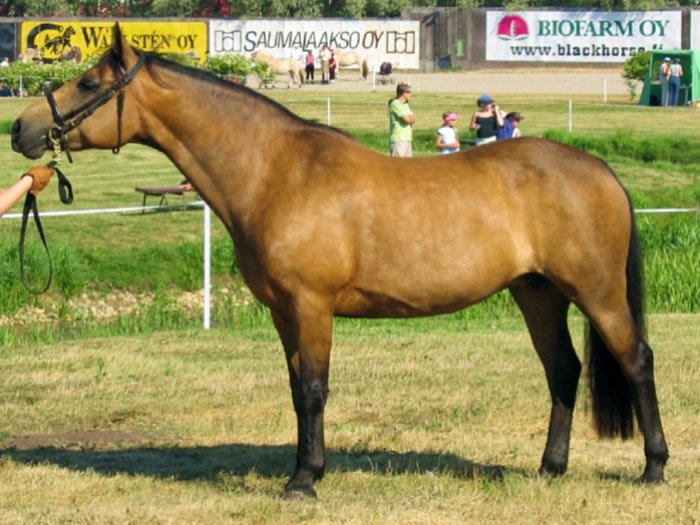
Connemara pony. Image by Satu Pitkänen, via Wikimedia Commons.

Dales pony. Image by Darren Copley, via Wikimedia Commons.
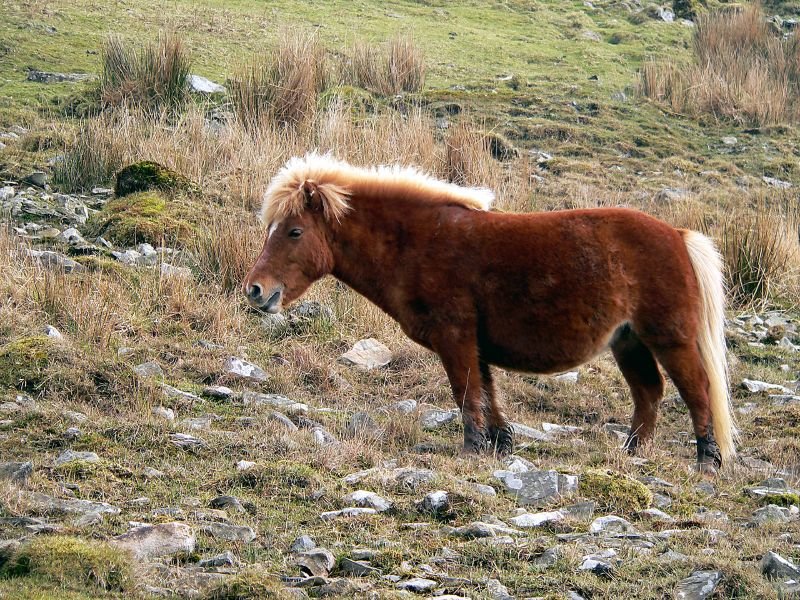
Dartmoor pony. Image by Mark Robinson, via Wikimedia Commons.
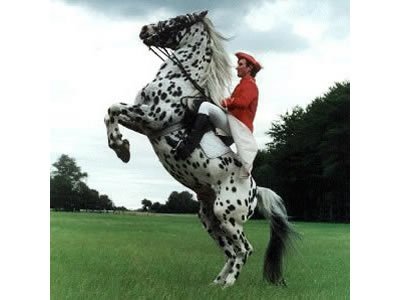
Danish race horse. Image by Hackmann, via Wikimedia Commons.

Mangalarga marchador. Image by Pbicalho, via Wikimedia Commons.
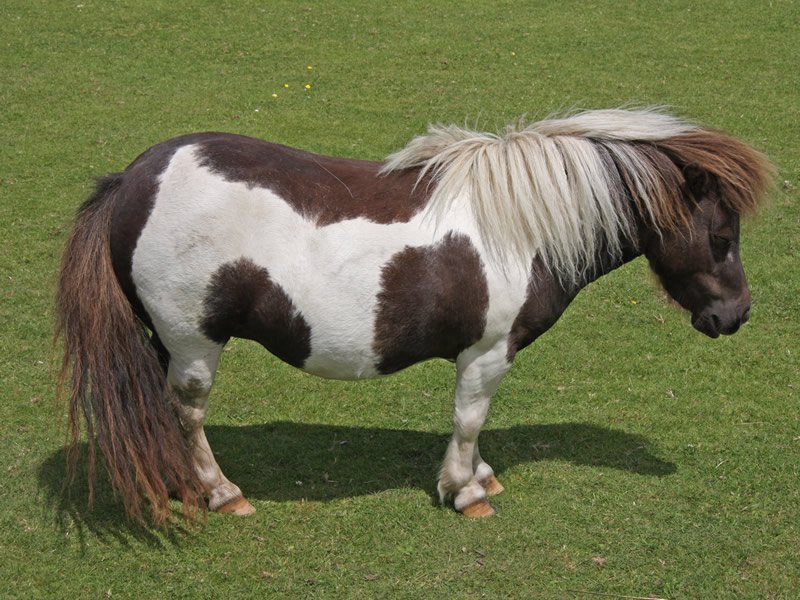
Shetland pony. Image by Brian Snelson, via Wikimedia Commons.

Mini appaloosa. Image by Dalmatiner24.eu, via Wikimedia Commons.
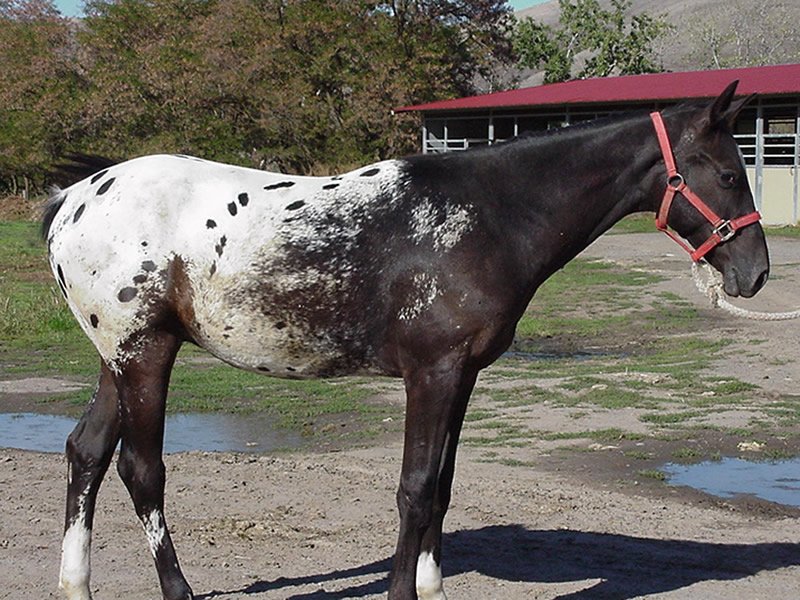
Nez Perce horse. Image by JC i Núria, via Wikimedia Commons.
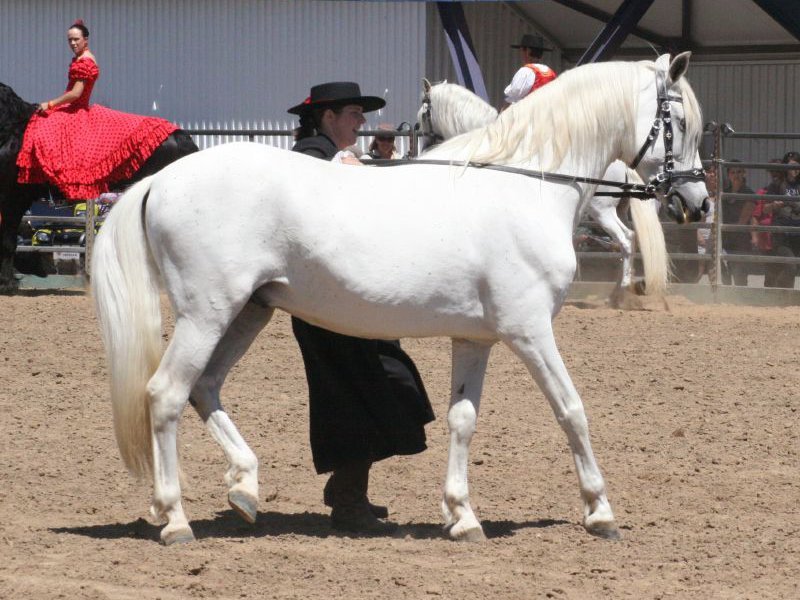
Andalusian horse. Image by Just chaos, via Wikimedia Commons.

Anglo-Arab horse. Image by Seviwurst, via Wikimedia Commons.

Aegidienberger. Image by BS Thurner Hof, via Wikimedia Commons.
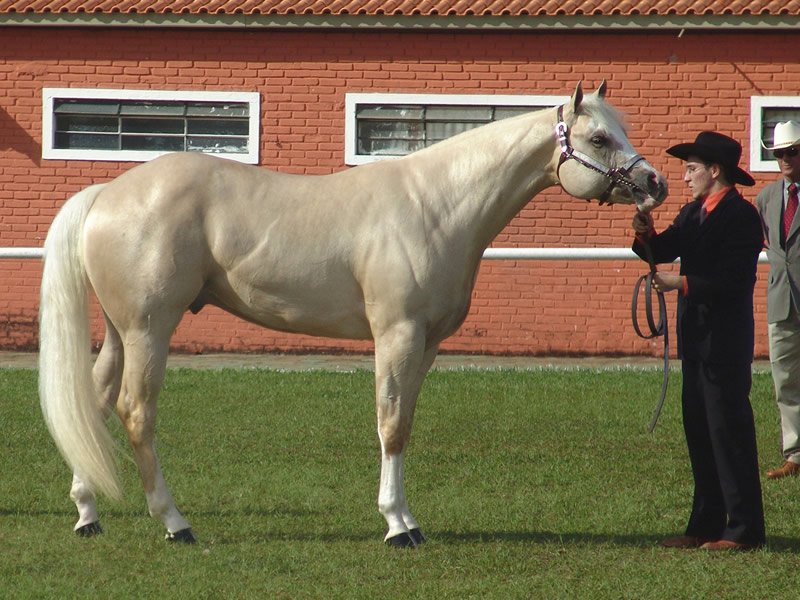
Quarter horse. Image by José Reynaldo da Fonseca, via Wikimedia Commons.
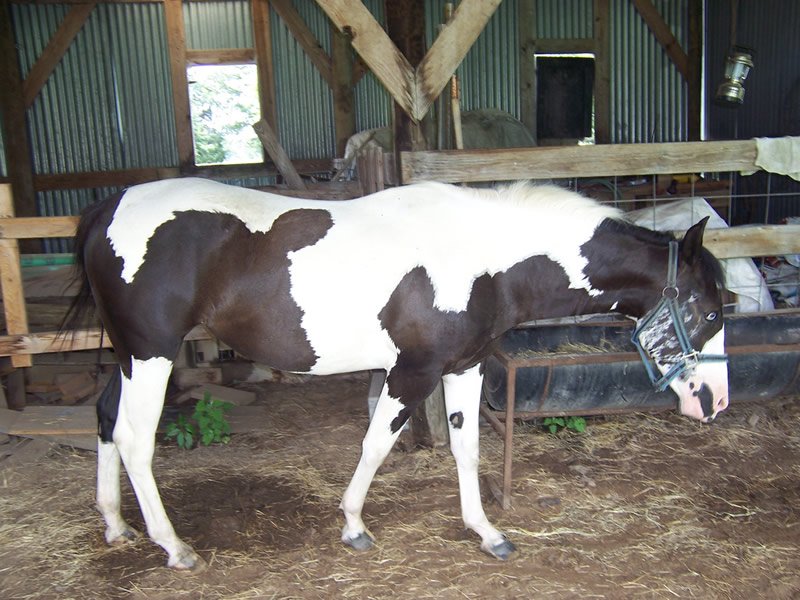
Spanish Mustang. Image by JD Lamb, via Wikimedia Commons.
Darwin posed a challenge to his opponents: Compare the variety in breeds to the variety in species. For example, compare the diversity in horse breeds to the diversity in horse-like species. If breeds have a common ancestor yet vary so widely, why deny the common ancestry of species, which vary less widely? If so much change can arise from a common horse breed ancestor, then surely a lesser amount of change can arise from the common ancestor to a few horse-like species!
In Darwin’s day, the comparison would have been even easier. Today, a significant gap exists between the striped species (e.g., the zebras) and the unstriped species (e.g., asses and horses). Back then, a creature called the quagga existed, which was partially striped, implying that formation of non-striped species from striped species was plausible.
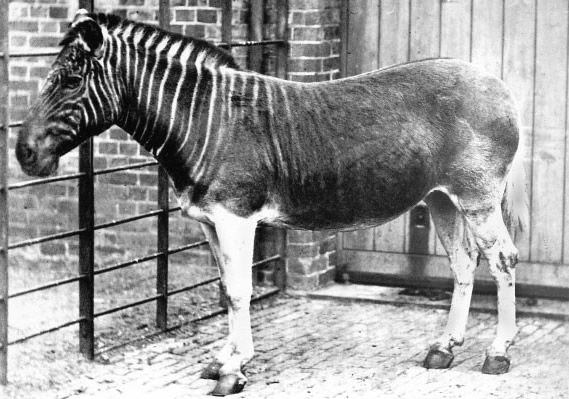
The now extinct, partially striped quagga, demonstrating that progression from striped to unstriped creatures is feasible. Image from Wikimedia Commons.
Today, creationists would find no fault in Darwin’s argument. It is entirely consistent with the biblical view of speciation that we derived in our previous post. In fact, if you take Darwin’s argument one step further, you can argue both for the formation of new species within a kind and against the change of one kind into another kind. For example, according to evolution, the next closest living relatives to horse-like creatures are rhinos and tapirs. It should be immediately obvious that all the variety in horse breeds could never bridge the gap between horse-like creatures and their supposed evolutionary cousins. Kinds don’t change into other kinds.2
A visible gap in variety between equids and other species within the order Perissodactyla (the classification category to which equids, rhinos, and tapirs belong). According to evolution, the rhino and tapir families represent the closest living relatives of equids. However, all the variety in horse breeds and species falls far short of the very obvious and many differences between equids and their closest evolutionary relatives.
Rhinos

Sumatran rhino. Image by Ltshears, via Wikimedia Commons.

Javan rhino. Image by T.Dixon, via Wikimedia Commons.

Indian rhino. Image by Darren Swim, via Wikimedia Commons.
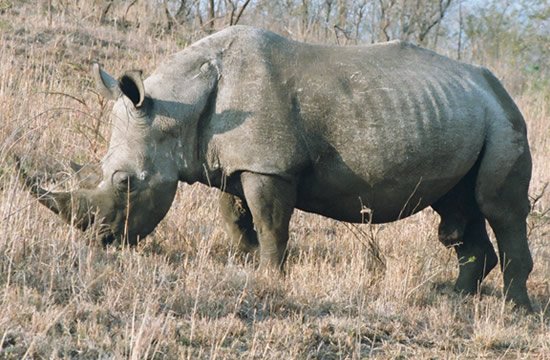
White rhino. Image by Rob Hooft, via Wikimedia Commons.
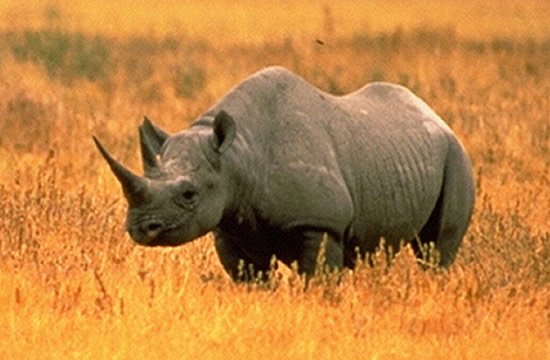
Black rhino. Image by John and Karen Hollingsworth, via Wikimedia Commons.
Equid Species
Horse Breeds
Tapirs

Central American tapir. Image by Get It, via Wikimedia Commons.

Brazilian tapir. Image from Wikimedia Commons.

Malayan tapir. Image by Ltshears, via Wikimedia Commons.
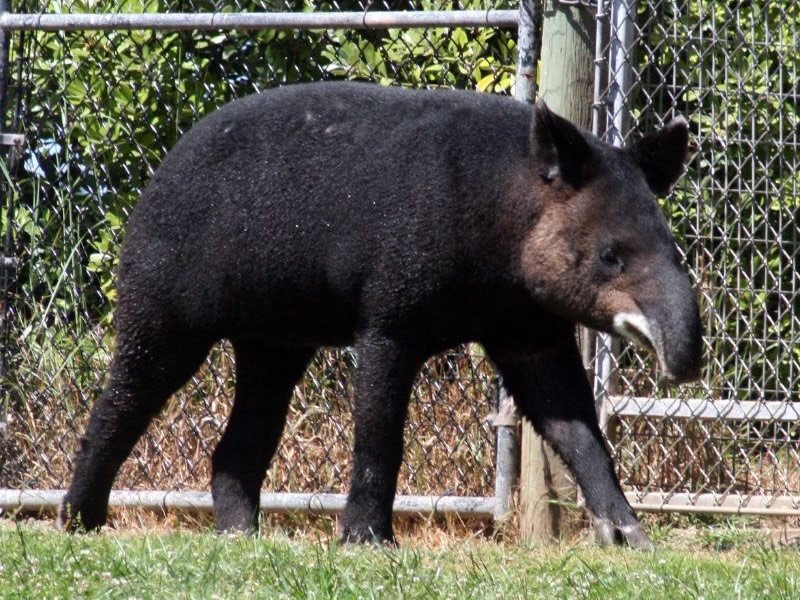
Mountain tapir. Image by Just chaos, via Wikimedia Commons.
Applying Darwin’s Logic to the Timescale Question
Darwin’s argument also contains an implicit piece of evidence against his overall timescale. Based on the fossil record and the geology of his day, Darwin claimed that species took a long time to form. Modern evolutionists agree with him and put the timescale in the millions-of-years realm. Yet taken one step further, Darwin’s breed-species comparison demonstrates that species must have arisen recently.
This fact becomes obvious when we employ the same strategy that Darwin did against his opponents in 1859. Using the evolutionists’ own claims, we can show that they are inconsistent with themselves. For example, evolutionists would concede that animal breeds arose recently—recent by the standard of their timescale.3 Why? Because breeds, by definition, were the result of intentional activity by intelligent humans. According to the evolutionary timescale, intelligent humans did not exist until recently—within the last 200,000 years. Thus, 200,000 years represents the upper time boundary for the origin of domestic breeds.
In fact, when we explore the evolutionary literature further, some evolutionists put the timescale of breed origins within the last 12,000 years.4
Comparing the variety in breeds and species, evolutionists are forced to concede the recent origin of the latter. As we observed, breeds have more variety than species (e.g., see images above). Yet evolutionists would say that all this breed variety appeared within thousands of years—perhaps within the last 12,000 years. At the same time, they would insist that the small amount of variety among species in the wild took millions of years to form. This logic is not consistent.
Thus, by the evolutionists own standard—by Darwin’s own standard!—species must have arisen recently.5
Even though this timescale it not the biblical one, the argument we just followed is a strong chain of reasoning against the evolutionary view. For evolutionists to reject it, they would have to throw out the first two chapters of Darwin’s foundational work. To lose the first two chapters would, in effect, require the evolutionists to engage the species fixity proponents anew.
In response to this claim, evolutionists would likely invoke data from other scientific fields to argue for millions of years. But this would do them no good. Instead of helping their contentions, it would expose a secret that evolutionists have kept hidden since 1859.
Footnotes
- Nathaniel T. Jeanson and Jason Lisle, “On the Origin of Eukaryotic Species’ Genotypic and Phenotypic Diversity: Genetic Clocks, Population Growth Curves, and Comparative Nuclear Genome Analyses Suggest Created Heterozygosity in Combination with Natural Processes as a Major Mechanism,” Answers Research Journal 9 (2016): 81–122, https://answersingenesis.org/natural-selection/speciation/on-the-origin-of-eukaryotic-species-genotypic-and-phenotypic-diversity/.
Of course, evolutionists would appeal to the fossil record to bridge this gap. However, even if transitional forms could be found, they would not help the evolutionary case. Why? One common modern definition for transitional form is a creature that blends the features of two very different species. This loose definition applies equally well to things that intelligent humans have designed. For example, an amphibious assault vehicle blends the features of two very different vehicles—a ship and a tank. Yet no one would argue that this fact proves the common ancestry of tanks and ships. Instead, what this observation proves is that humans design things that evolutionists call transitional forms.
Stepping back into the text of Genesis 1, the relevance of this observation might not be apparent at first pass. After all, the text does not list the design principles that God used when creating the creatures of the Creation Week. However, in Chapter 1, God does describe humans as made in His image. Though sin has marred our original state, fallen humans today still reflect something of God’s image, including the capacity for creativity, though in a much more limited way than God’s creative ability. Therefore, if humans design “transitional forms” naturally in order to fulfill certain purposes, it would be no surprise to discover that God designed “transitional form” creatures in order to fulfill certain biological purposes. Thus, the existence of transitional forms (defined by modern evolutionary standards) fits creation as much as it does evolution—which means it can’t be used as evidence for one view over the other. See my articles “Does ‘Homology’ Prove Evolution?,” Acts & Facts 42, no. 9 (2013): 20, http://www.icr.org/article/does-homology-prove-evolution; and “Darwin vs. Genetics: Surprises and Snags in the Science of Common Ancestry,” Acts & Facts 43, no. 9 (2014): http://www.icr.org/article/darwin-vs-genetics-surprises-snags.
- Note that I’m not endorsing evolutionists’ timescale; I’m using their timescale to make an argument against it.
- Greger Larson et al., “Current Perspectives and the Future of Domestication Studies,” Proc. Nat. Acad. Sci. USA 111, no. 17: 6139–6146.
- Jeanson and Lisle, “On the Origin of Eukaryotic Species’ Genotypic and Phenotypic Diversity.”
Recommended Resources

Answers in Genesis is an apologetics ministry, dedicated to helping Christians defend their faith and proclaim the good news of Jesus Christ.
- Customer Service 800.778.3390
- Available Monday–Friday | 9 AM–5 PM ET
- © 2025 Answers in Genesis




